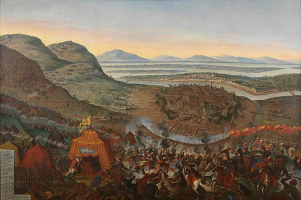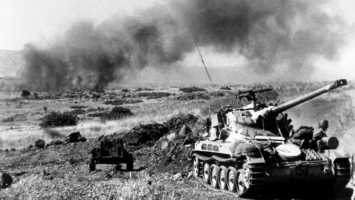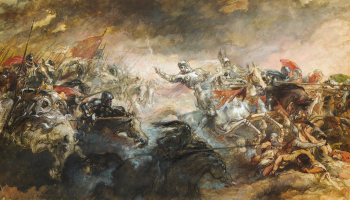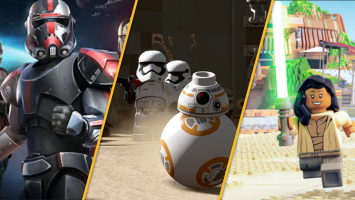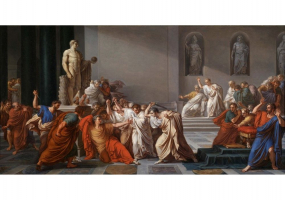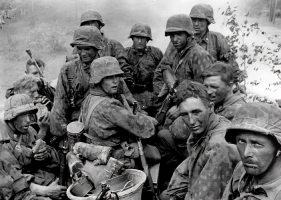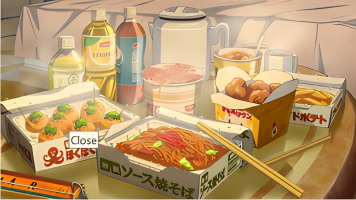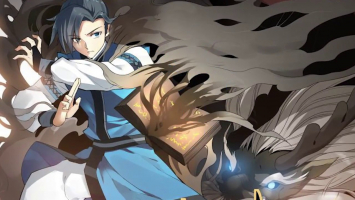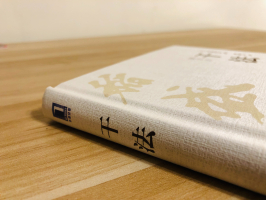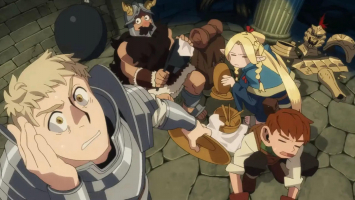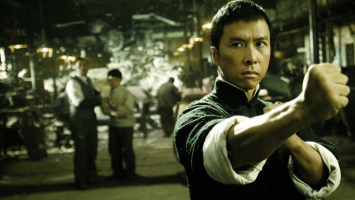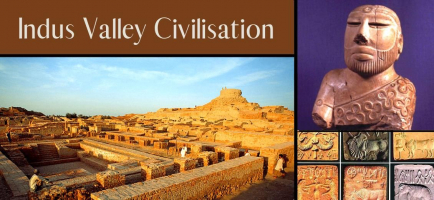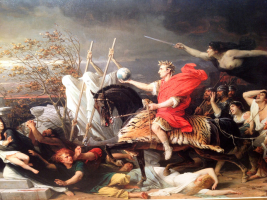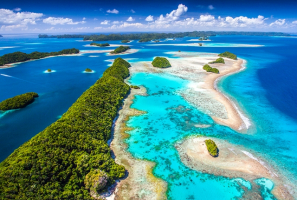Top 6 Wars of Independence
Demands and directives are typically not well received by others. There has always been opposition to power, as long as people have been dominating one ... read more...another. Additionally, independence wars have existed for as long as states have been controlling one another. The following are some wars of independence in the book of world history for you.
-
Following territorial growth, there was a strong development of transportation infrastructure, including canals and railroads. The south, which supported slavery, and the north, which opposed it, continued to disagree.
In the 1860 presidential election, Abraham Lincoln of the Republican Party, supported by the industrial bourgeoisie, won. The Republican Party's win in favor of the abolition of slavery infuriated slave owners and Southern states. They formally proclaimed the Confederacy of the United States of America and announced their break with the Union.
The American Civil War, which lasted from 1861 to 1865, was sparked by a dispute over the abolition of slavery between the Republican Party and the Southern states. The North was governed by the North after four years of brutal fighting. The Confederacy, led by General Robert E. Lee, was defeated under the direction of President Abraham Lincoln and General Ulysses S. Grant. The South wore out, but the Union was kept together. America abolished slavery.
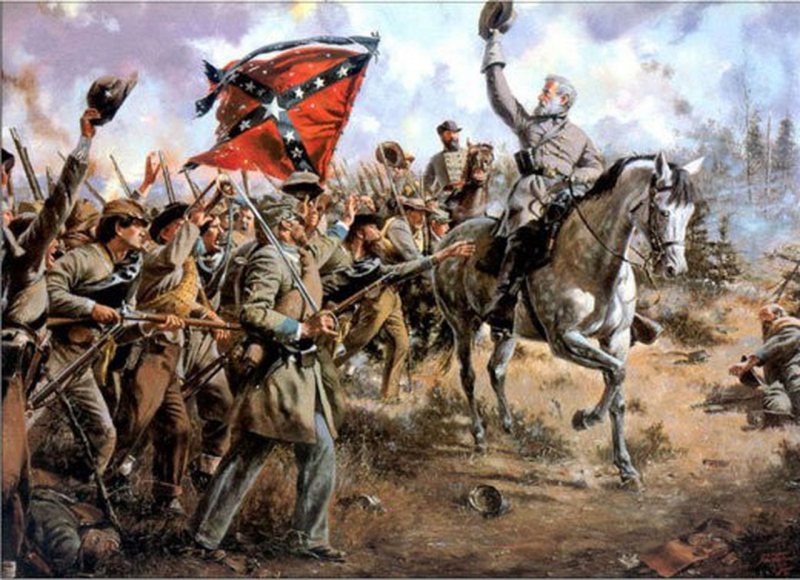
Source: blogspot.com 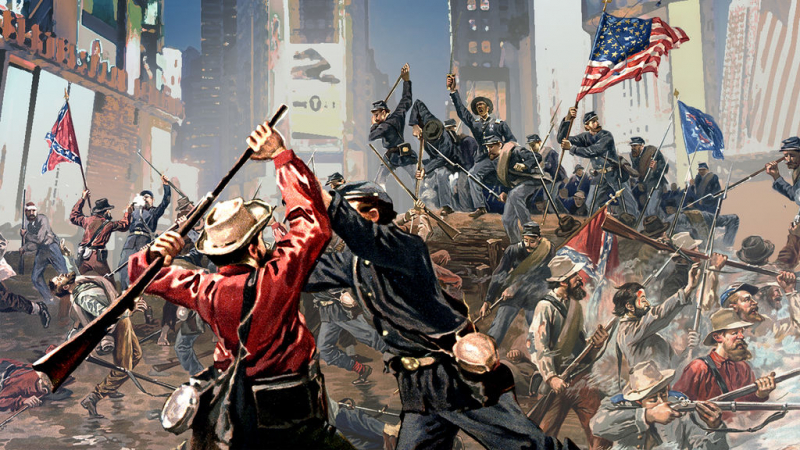
Source: themaritimeexplorer.ca -
In March 1952, with the help of the United States, Batixta established a military dictatorship in Cuba. The Batixta government abolished the progressive constitution, banned political parties, arrested and massacred many patriots. In that context, the Cuban people stood up to fight against the dictatorship. On July 26, 1953, 135 young patriots led by Phiden Catstoro attacked the Moncada barracks. The attack failed. Phiden Catstoro and many of his comrades were imprisoned.
In 1953, Phiden was released but was deported from Cuba, exiled to Mexico. In November 1956, he and 81 comrades boarded a ship to return home. In December 1958, the insurgents captured the fortress of the capital, Havana. Batixta fled abroad. On January 1, 1959, the Batixta regime collapsed, the Republic of Cuba was born, and the leader was Phiden Castro.
This uprising had an impact on encouraging the liberation movement in the region. Worthy to be the flagship in the national liberation movement in Latin America
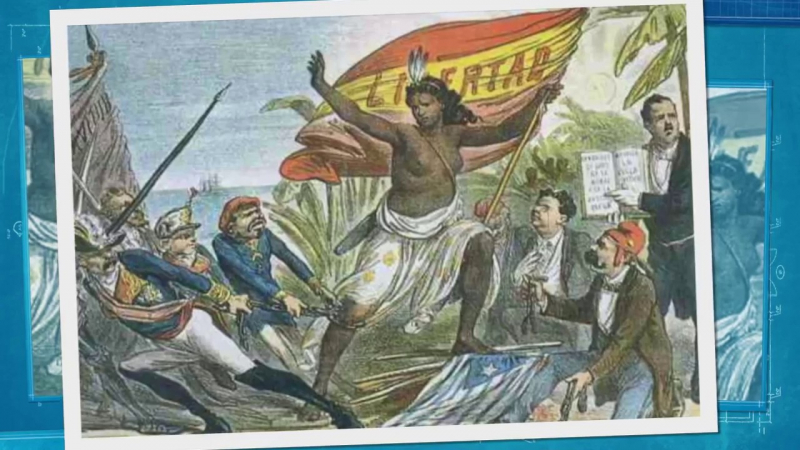
Source: Pinterest 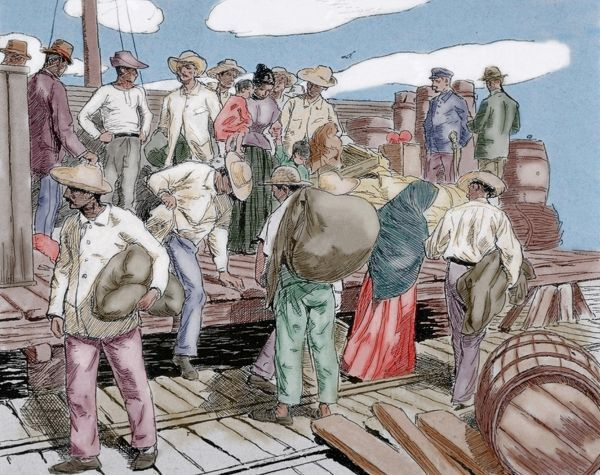
Source: Foursquare -
The War of Independence of Ukraine was a period of conflict between different political and military forces, lasting from 1917 to 1921, which led to the establishment and development of a republic of Ukraine, later the country of Ukraine. Ukrainian SSR within the Soviet Union.
The war consisted of a series of military conflicts between various government, political and military forces among them Ukrainian nationalists, anarchists, Bolsheviks, and the Chinese Union. center, Russian White Army volunteers, and forces of the Second Polish Republic, to control Ukraine after the February Revolution. Also participating were Allied forces including Romania and France.
The war lasted from February 1917 to November 1921 and resulted in the division of Ukraine between the Ukrainian SSR, Poland, Romania and Czechoslovakia. The conflict is also often considered within the framework of the Russian Civil War, as well as the end of the Eastern Front in World War I.
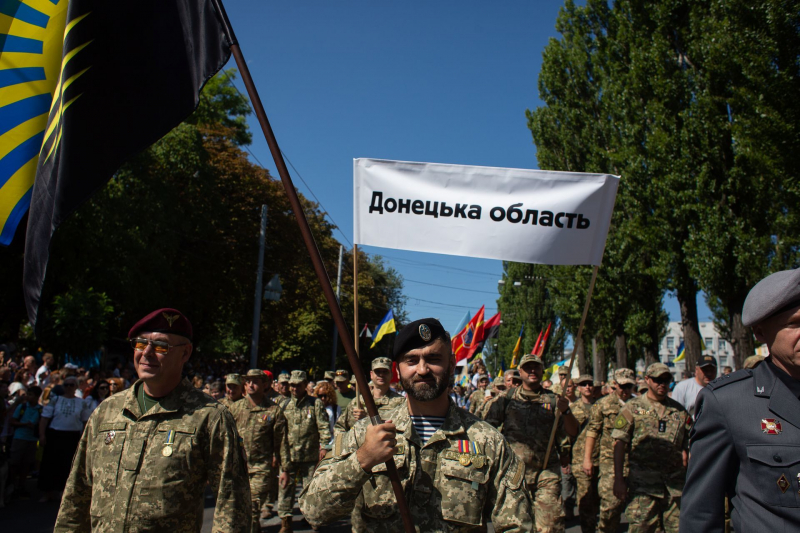
Source: themaritimeexplorer.ca 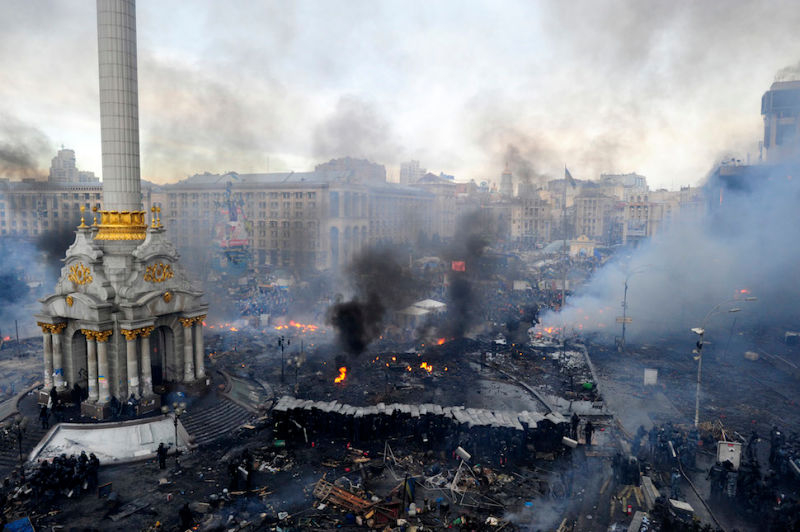
Source: blogspot.com -
India is a large and the second most populous country in Asia, a lucrative prey for colonial countries. After the Second World War, the Indian people's war against the British for independence broke out. February 19, 1946, the uprising of 20,000 marines on 20 Bombay battleships against the British colonialists, demanding national independence. The uprising quickly received the response of the national forces. On February 22, in Bombay 20,000 student workers went on strike to march against the British colonialists.
In early 1947, the climax of the strike continued and spread to major cities. Under pressure from the Indian people, the British colonialists were forced to make concessions, promising to grant autonomy according to the Maobatton plan. India is divided into two autonomous states: Hindu India and Muslim Pakistan. Unsatisfied with autonomy, the Congress Party continued its struggle for independence in the years 1948-1950. On January 26, 1950, India declared its independence and established a republic.
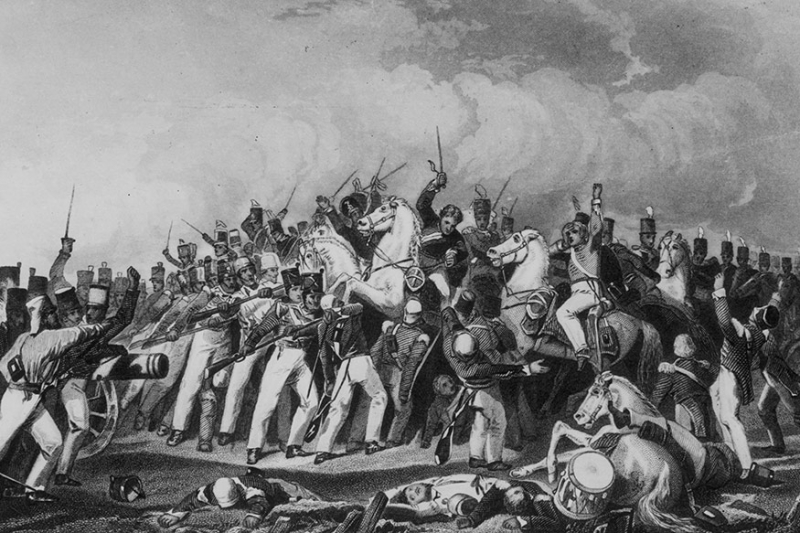
Source: JewishGen 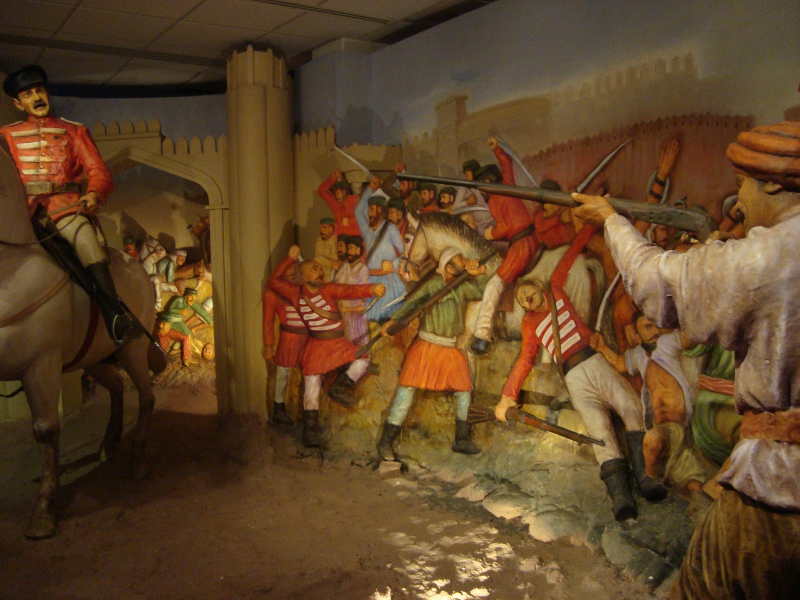
Source: Foursquare -
The Indonesian National Revolution or the Indonesian War of Independence was an armed conflict and diplomatic struggle between Indonesia and the Dutch Empire, and an internal social revolution. The revolution is said to have started with the Indonesian Declaration of Independence in 1945 and lasted until the Dutch recognition of Indonesian independence in late 1949.
The struggle lasted over four years and was followed by sporadic but bloody armed conflicts, political and public upheaval within Indonesia, and two major international diplomatic interventions. Although the Dutch forces were able to control the towns at the heart of the republican forces on the islands of Java and Sumatra, they could not control the villages. Thus, the Republic of Indonesia eventually prevailed in international diplomacy and armed conflict in Java and other islands.
Revolution overthrew the Dutch East Indies colonial government. It also dramatically altered the racial castes, as well as reduced the power of many local monarchs. The revolution did not produce a significant improvement in the economic or political life of the majority of the population.
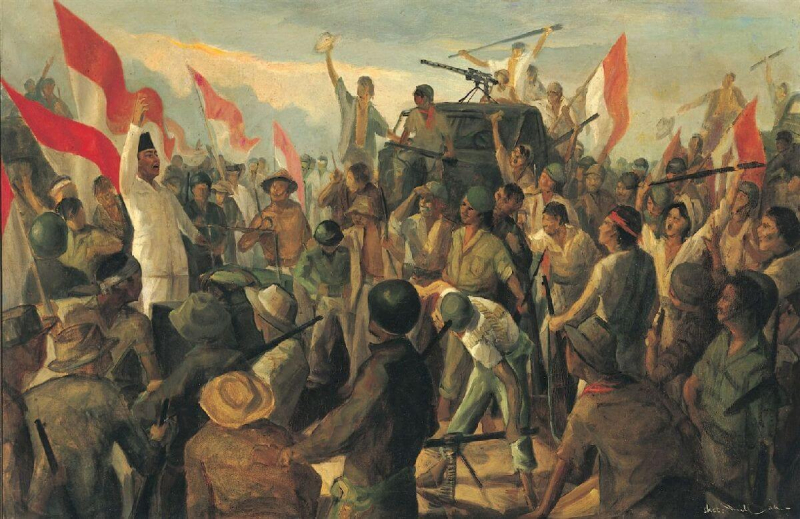
Source: Pinterest 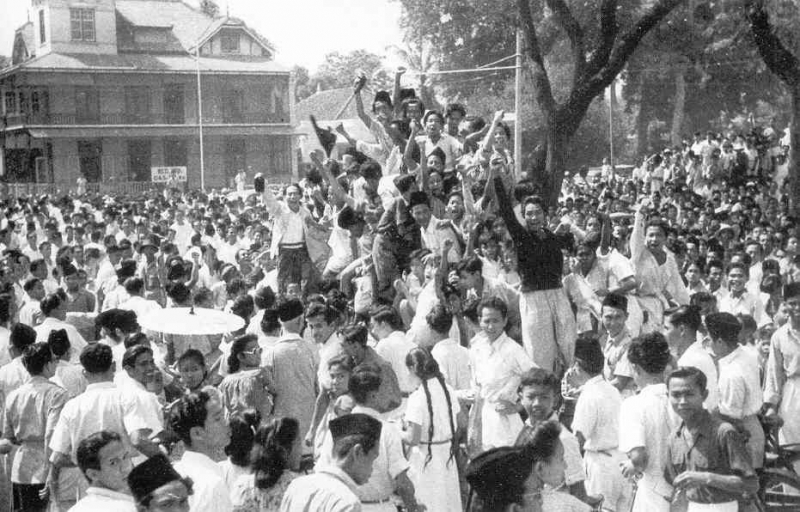
Source: themaritimeexplorer.ca -
The Namibian War of Independence or the South African Border War was a war that lasted from 1966 to 1990, a guerrilla war by the Southwest African People's Organization (SWAPO) and other forces fighting against the apartheid government in South Africa. It is associated with the South African border war.
South Africa had taken control of what was then called South-West Africa since it was captured by Germany in World War I and then received a mandate from the League of Nations to administer the territory. this. In 1966 the United Nations General Assembly, the successor to the League of Nations, revoked South Africa's mandate to govern the South-Western African territory and declared it to be under the direct administration of the United Nations. South Africa refused to recognize this resolution and continued to administer the territory de facto.
The war ended with the New York Agreement signed on December 22, 1988, which also ended the direct involvement of foreign troops in the Angolan Civil War. Independence came to Namibia on 21 March 1990 through elections that saw SWAPO win 55 out of 72 seats in the National Assembly of Namibia, allowing them to form their own national government.
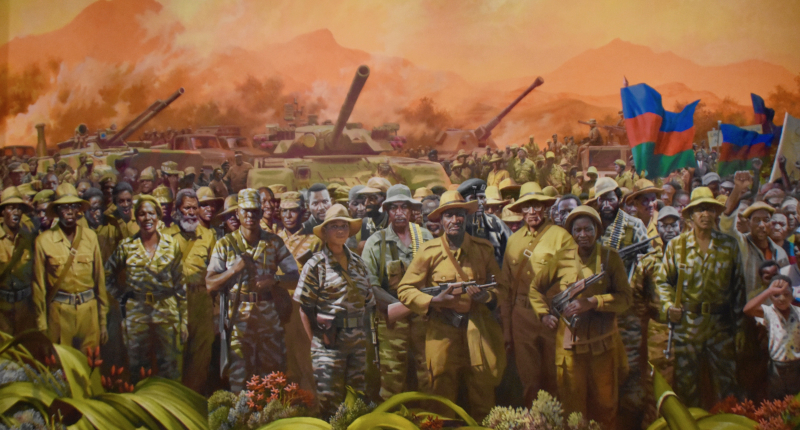
Source: JewishGen 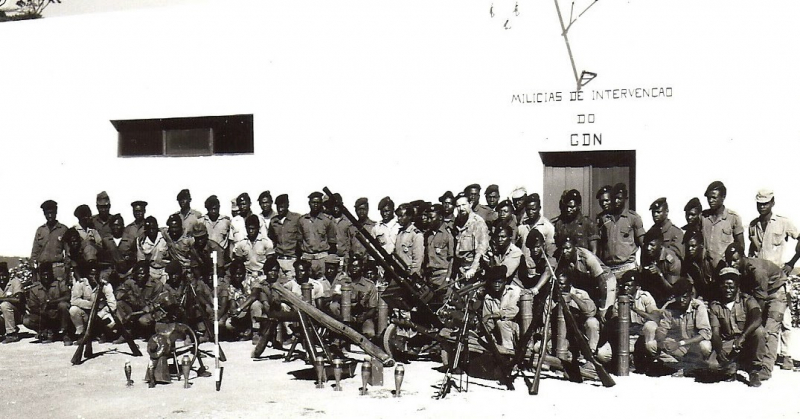
Source: blogspot.com








